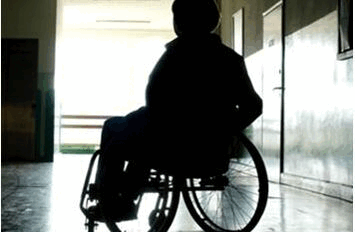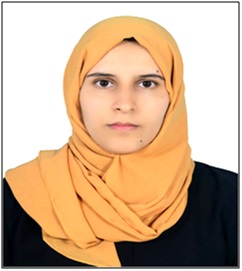DENTAL CARIES AND TREATMENT NEEDS AMONG CHILDREN WITH PHYSICAL DISABILITIES IN DHAMAR CITY, YEMEN: A COMPARATIVE STUDY
Keywords:
Dental caries, disabled children, treatment needs, YemenAbstract
Background and objective: A child with disability is a child who, for any reason, has a problem with learning, communication, or using their physical, and social activities. There are a lot of people with different disabilities around world which forms an important section of the community. The Objective of this study was to compare the prevalence of dental caries and treatment needs among children with and without physical disabilities in Dhamar City, Yemen.
Study design: A comparative cross-sectional study was conducted among physical disability children (n=101) and control children (n=101), their age ranged from 6 to 12 years old in Dhamar City, Yemen. WHO Oral Health Assessment Form for children, 2013 was used for assessment of dental caries and treatment needs.
Results: The findings of this study indicate a statistically significant difference in dt (decayed teeth) between children with physical disabilities and the control group (p=0.013). Among children with physical disabilities, 55.4% exhibited decay in their primary teeth, whereas the prevalence was 72.3% among the control children. The highest mean dmft scores were observed in the 6-7 years age group. Additionally, a significant difference in dmft values was found in the control children (p=0.001). It is essential to highlight that only 14.4% of the children evaluated in this study had no treatment needs identified.
Conclusions: In conclusion, the prevalence of dental caries was lower among physical disability children than control. Control children have a significantly higher dental caries in primary teeth than physical disability children. Additionally, both groups exhibit a considerable proportion of unmet treatment needs.

Peer Review History:
Received 5 February 2024; Revised 13 March 2024; Accepted 24 April; Available online 15 May 2024
Academic Editor: Dr. Marwa A. A. Fayed , University of Sadat City, Egypt, maafayed@gmail.com
, University of Sadat City, Egypt, maafayed@gmail.com
Reviewers:
 Dr. George Zhu, Tehran University of Medical Sciences, Tehran, Iran, sansan4240732@163.com
Dr. George Zhu, Tehran University of Medical Sciences, Tehran, Iran, sansan4240732@163.com
 Prof. Hassan A.H. Al-Shamahy, Sana'a University, Yemen, shmahe@yemen.net.ye
Prof. Hassan A.H. Al-Shamahy, Sana'a University, Yemen, shmahe@yemen.net.ye
Downloads

Published
How to Cite
Issue
Section

This work is licensed under a Creative Commons Attribution-NonCommercial 4.0 International License.









 .
.